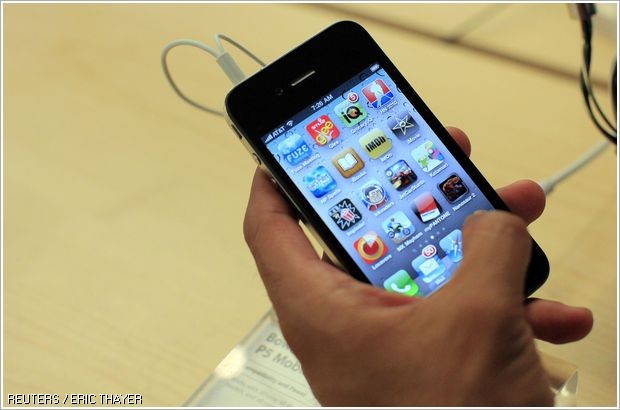
iPhone theft has reached epidemic proportions in the United States since last February. Thieves don’t just want hardware. They watch in bars, restaurants, and other public places where iPhone owners enter their passcode and then steal the device. They change the code and start… shopping. They use Apple Pay and other payment apps, which the owner has on the device, and spend thousands of dollars.
But they don’t stop there. They rush to activate it “Recovery Key” (Recovery Key), Thus preventing their victims from accessing their Apple accounts. Thus, in addition to money, victims also lose access to digital files of financial or even sentimental value, such as photos.
Indicative is the example of Greg Frasca, who has been locked out of his Apple account since October and has been unable to find a solution with the company’s customer service to get it back. As he stated to WSJ, he would do anything to regain access to his account. Among other things, he offered to go to Apple’s headquarters in California to prove his identity or give a check … for $ 10,000.
The thieves who took the iPhone 14 Pro used the passcode to change the Apple ID code, while also activating the recovery key to put a “lock” on its account.
Apple introduced the Recovery Key – as an optional setting – in 2020, in order to protect users from hackers. Users who activate the recovery key – a unique 28-digit code – must enter it if they want to change it. Password ID. Once enabled, thieves use it to lock the account.
An Apple spokesperson said of the WSJ report, “We sympathize with the people who experienced this and take all attacks on users seriously, however rare they may be.” “We work tirelessly every day to protect our users’ accounts and data, and we’re always exploring additional ways to protect against emerging threats like this,” he added.

“Total alcohol fanatic. Coffee junkie. Amateur twitter evangelist. Wannabe zombie enthusiast.”





More Stories
Couple with the famous actor Eugenia Samara (photo)
What was discovered in satellite images
Planet 9: New evidence of the existence of an unknown large body in the solar system